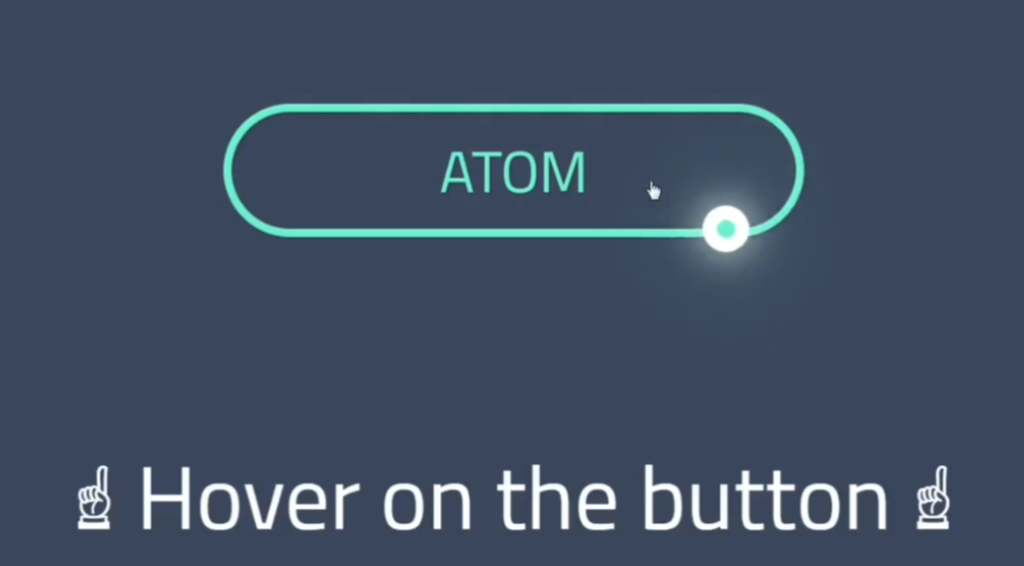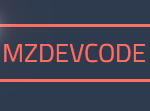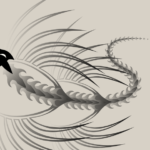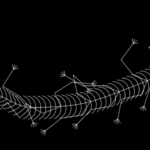Creating a Stylish Hover Button with CSS
In today’s coding session, we’re going to create a modern hover button using HTML and CSS. This tutorial will guide you through crafting a stylish button that features an engaging hover effect, perfect for enhancing your web projects. Whether you’re a seasoned developer or just starting out, this project is a fun way to add some flair to your designs. Let’s dive into the code!
HTML Structure
The HTML code for our button is straightforward yet effective. It consists of a container that holds the button and a heading that prompts users to interact with it. Here’s the code:
<div class="container">
<div class="btn">
<span>mzdevcode</span>
<div class="dot"></div>
</div>
<h1>☝ Hover on the button ☝</h1>
</div>CSS Styling
To bring our button to life, we’ll apply some sleek CSS styles. The styles include custom properties for colors and dimensions, along with animations that create an eye-catching hover effect. Below is the complete CSS code:
:root {
--bg: #2E3B4E; /* Darker background color */
--primary: #FF6F61; /* New primary color */
--solid: #FFFFFF; /* Solid color remains white */
--btn-w: 10em;
--dot-w: calc(var(--btn-w) * 0.2);
--tr-X: calc(var(--btn-w) - var(--dot-w));
}
* {
box-sizing: border-box;
}
*:before, *:after {
box-sizing: border-box;
}
body {
height: 100vh;
display: flex;
justify-content: center;
align-items: center;
flex-flow: wrap;
background: var(--bg);
font-size: 20px;
font-family: 'Titillium Web', sans-serif;
}
h1 {
color: var(--solid);
font-size: 2.5rem;
margin-top: 6rem;
}
.btn {
position: relative;
margin: 0 auto;
width: var(--btn-w);
color: var(--primary);
border: .15em solid var(--primary);
border-radius: 5em;
text-transform: uppercase;
text-align: center;
font-size: 1.3em;
line-height: 2em;
cursor: pointer;
}
.dot {
content: '';
position: absolute;
top: 0;
width: var(--dot-w);
height: 100%;
border-radius: 100%;
transition: all 300ms ease;
display: none;
}
.dot:after {
content: '';
position: absolute;
left: calc(50% - .4em);
top: -.4em;
height: .8em;
width: .8em;
background: var(--primary);
border-radius: 1em;
border: .25em solid var(--solid);
box-shadow: 0 0 .7em var(--solid), 0 0 2em var(--primary);
}
.btn:hover .dot,
.btn:focus .dot {
animation: atom 2s infinite linear;
display: block;
}
@keyframes atom {
0% {transform: translateX(0) rotate(0);}
30% {transform: translateX(var(--tr-X)) rotate(0);}
50% {transform: translateX(var(--tr-X)) rotate(180deg);}
80% {transform: translateX(0) rotate(180deg);}
100% {transform: translateX(0) rotate(360deg);}
}
Explanation of the Code
- HTML Structure:
- The
containerdiv holds the button and the heading. - The
btndiv contains a span for the button text and adotdiv for the animated effect.
- The
- CSS Styling:
- We define several custom properties (CSS variables) for colors and dimensions to maintain consistency and ease of adjustments.
- Button Styles:
- The button is styled with rounded edges, a solid border, and uppercase text.
- Hover Effect:
- The
dotelement appears on hover, creating an animated effect that draws attention to the button.
- The
Conclusion
And there you have it! In just a few simple steps, we’ve created a stylish hover button using HTML and CSS, complete with an engaging animation. This design not only enhances user interaction but also adds a modern touch to your web projects. Whether you’re an experienced coder or just starting out, experimenting with these styles can lead to amazing results. Happy coding!







